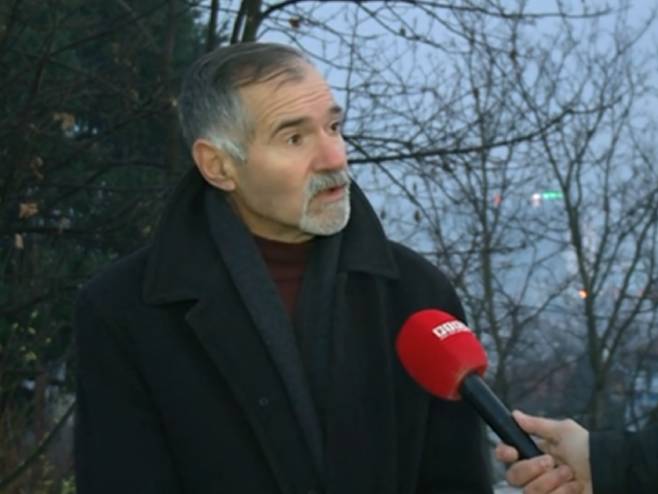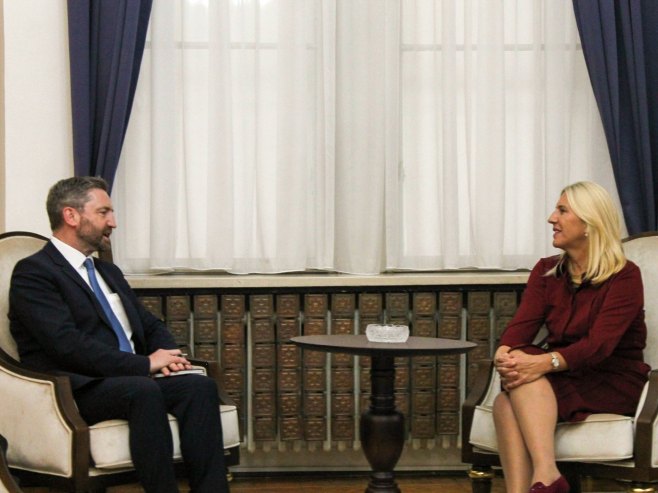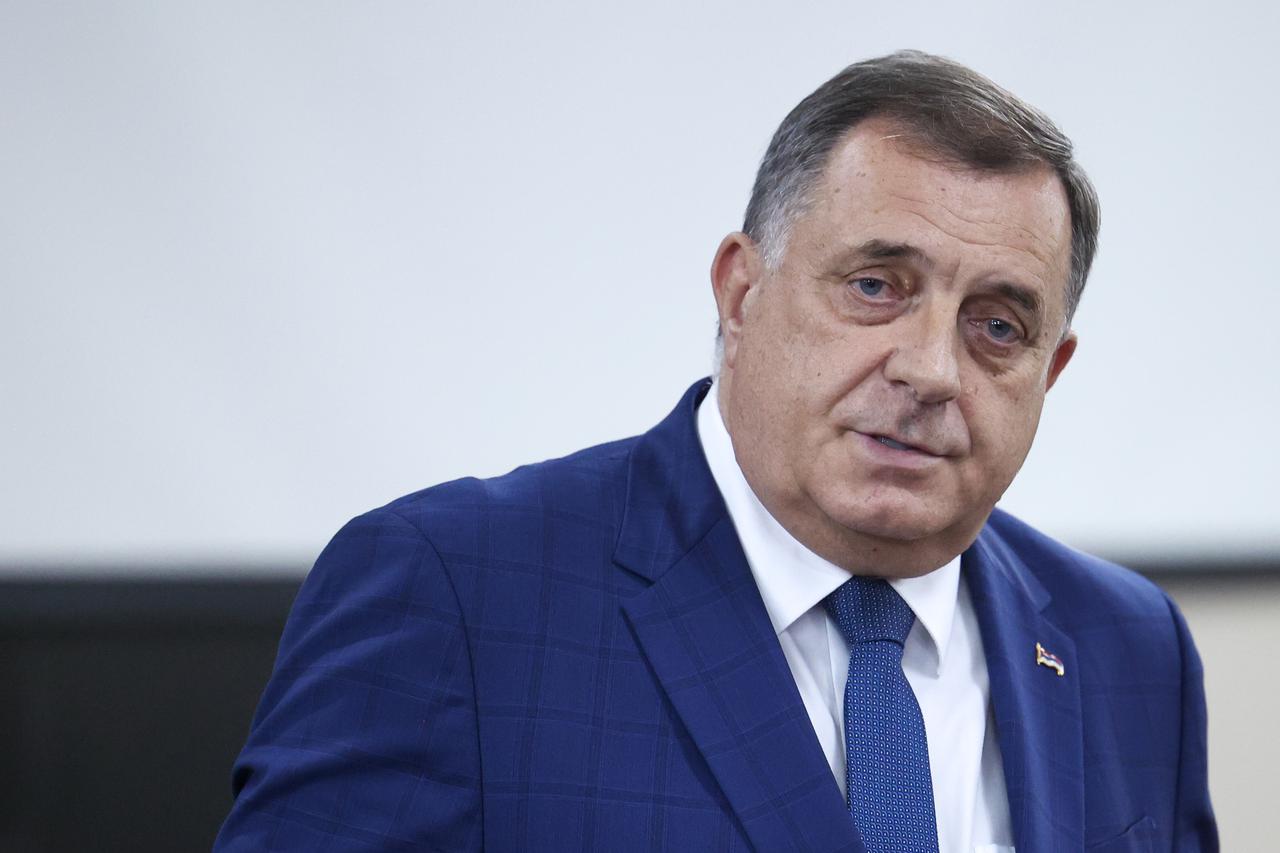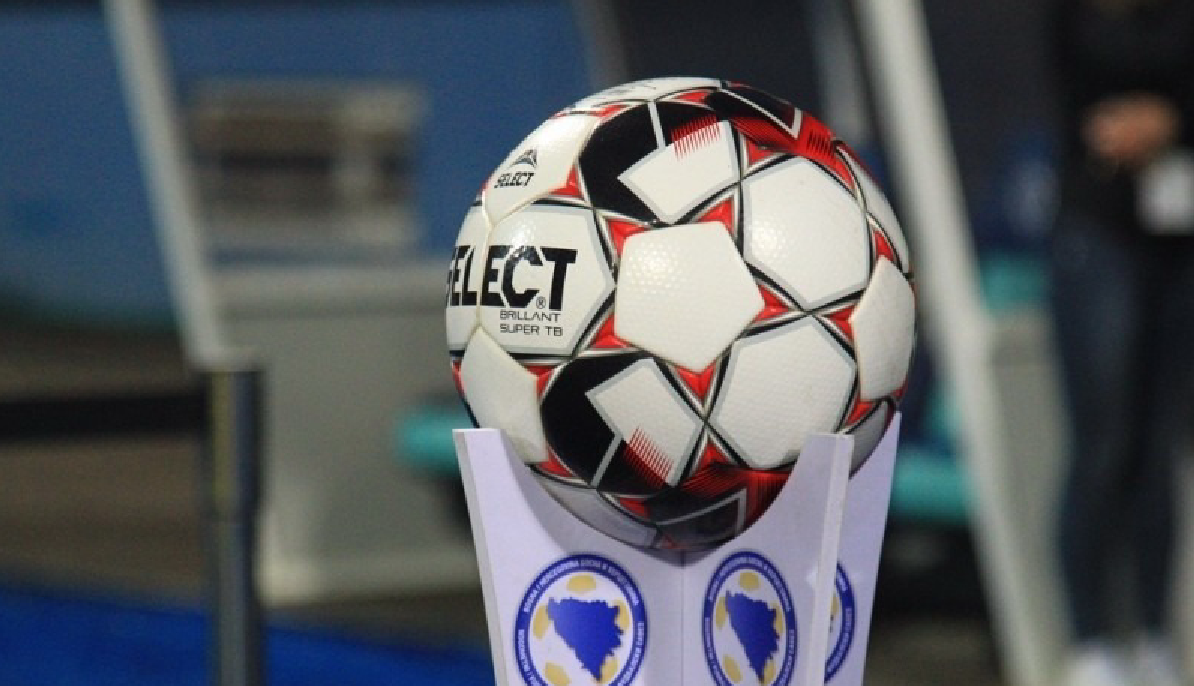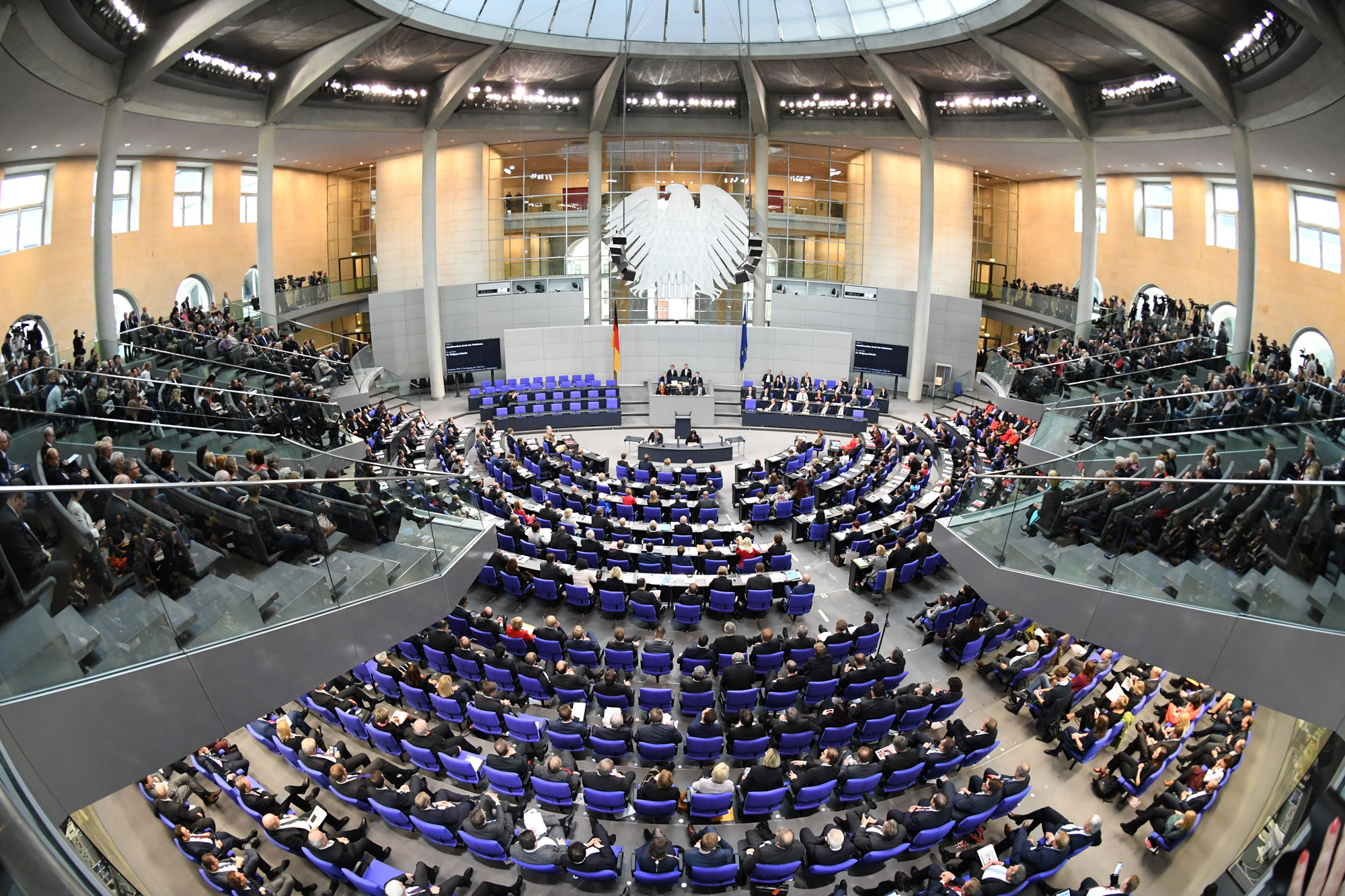An essay by Lara Karalić, a ninth-grade student at PU Primary School “Nikola Tesla” in Banja Luka, was selected as the best among numerous entries in the literary competition “Why Did Nikola Tesla Write in Cyrillic?” A few days ago, Lara received this prestigious award at the International Conference of the Tesla Science Foundation in New York.
On this occasion, Lara was also honored with an award for the best literary work on the topic “Why Did Tesla Write in Cyrillic?” representing both herself and her school in the best possible light.
The competition that resulted in Lara’s winning essay was also initiated by the Tesla Science Foundation. Additionally, students Amira and Ramina Safina from the same school were commended in the category “Most Beautiful Cyrillic Handwriting.”
As announced on the Facebook page of Primary School “Nikola Tesla,” the Tesla Club will continue in this new year to promote and spread the ideas of the inventor and visionary, as well as to introduce students to Tesla’s legacy.
Award-winning essay:
Why did Nikola Tesla write in Cyrillic?
Nikola Tesla, one of the greatest minds in the history of science and technology, known for his inventions and contributions to the field of electrical engineering, was born in 1856 in Smiljan. At that time, the village was part of the Habsburg Monarchy, but today it lies within the territory of Croatia. Tesla was a Serb by nationality and grew up in a culture that used the Cyrillic script.
Cyrillic is the script of the Serbian language and was the dominant writing system used in schools, churches, and everyday life during Tesla’s childhood and education. Tesla attended schools where Cyrillic was taught, and his parents, particularly his father, who was an Orthodox priest and writer, also used Cyrillic. His mother, Georgina (Đuka), was deeply literate and had a great love for folklore literature. All this had a significant influence on Tesla’s literacy and writing habits.
Although Tesla spent most of his life abroad, predominantly in the United States, where he worked on his revolutionary inventions, he remained deeply connected to his Serbian roots and cultural heritage. Writing in Cyrillic was a way for him to maintain a connection to his origins and identity. Tesla often used Cyrillic in his correspondence with family, friends, and collaborators from his homeland, reports BLportal.
Tesla was also aware of the importance of preserving cultural identity during an era of globalization and rapid modernization. Cyrillic was a cornerstone of Serbian culture and identity, and Tesla demonstrated through his example the importance of preserving one’s native language and script. His use of Cyrillic can also be interpreted as an act of cultural resistance and patriotism, considering the many political and social changes during Tesla’s lifetime that affected the status of the Serb people and their script.
Nikola Tesla wrote in Cyrillic because it was the first script he was educated in and used during his childhood, but also because of his deep connection to his identity and cultural heritage. Through writing in Cyrillic, Tesla expressed pride in his origins and contributed to preserving Serbian cultural traditions. He demonstrated through his work and writing that innovation and tradition can go hand in hand, showing that it is possible to be a global citizen while proudly embracing one’s cultural and national roots. By using Cyrillic, Tesla left a mark not only as an inventor but also as a guardian of his people’s culture.
Source: Glas Srpske

